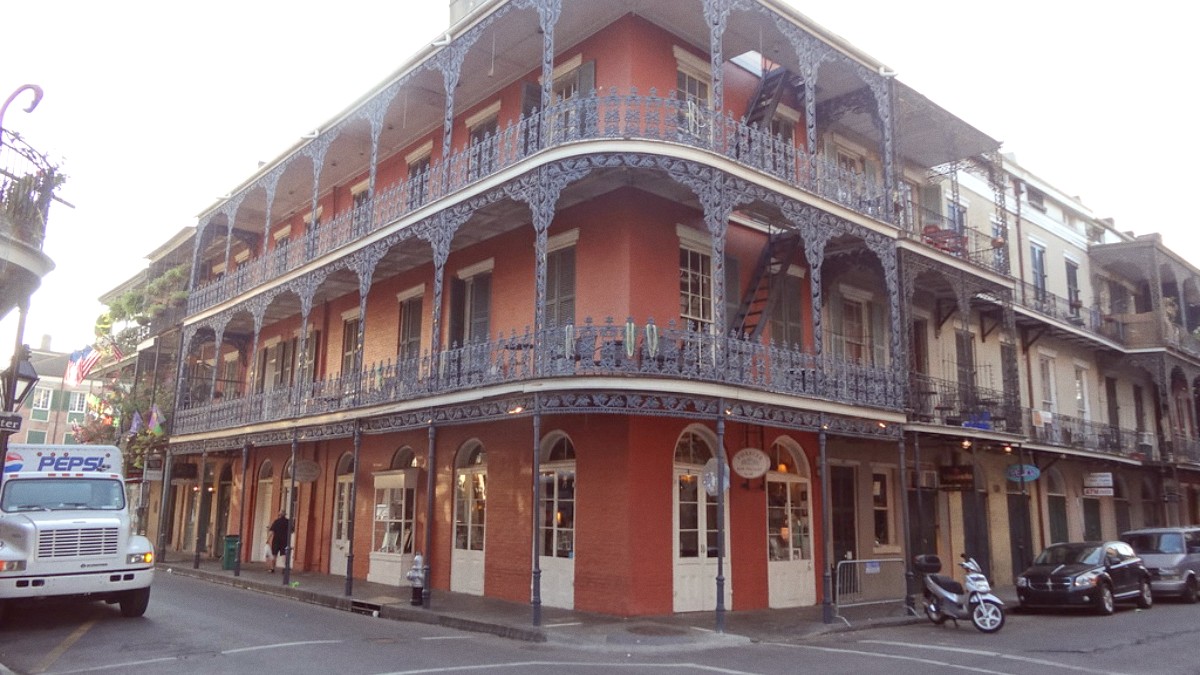
France
France features four main mobile network operators: Orange, SFR, Bouygues Telecom, and Free Mobile. All offer good coverage in Orléans and the surrounding region. Prepaid SIM cards are available upon arrival.
French is the official language. English finds use in hotels, major tourist attractions, and among younger generations. Outside these areas, English proficiency may be limited. Assume not everyone speaks English.
Digital tools and traditional phrasebooks bridge language gaps. Preparing some basic phrases enriches interactions.
La Poste, France's national postal service, provides offices located throughout Orléans. These offices handle sending postcards, letters, or packages. Look for the yellow and blue "La Poste" sign; mailboxes are yellow.
Using a local SIM or eSIM often makes travel easier for navigation and quick look-ups.
Orléans observes typical French business hours, with variations for public holidays.
Shops typically operate from 9:00/10:00 AM to 7:00/8:00 PM, Monday to Saturday. Smaller shops may close for a lunch break (12:30 PM - 2:00 PM). Sunday opening is less common.
Banks typically open 9:00 AM - 12:00 PM and 2:00 PM - 5:00 PM, Monday to Friday, sometimes closed Mondays but open Saturday mornings. ATMs are available 24/7. Post offices mirror bank hours.
Museums and attractions typically open 10:00 AM - 6:00 PM. Many cultural sites close on Mondays. Always verify individual websites for precise opening hours and closure days.
Lunch service runs from 12:00 PM to 2:00/2:30 PM. Dinner service typically begins around 7:00/7:30 PM and continues until 10:00/10:30 PM. Many restaurants close between lunch and dinner service.
Some smaller attractions, river boat operators, or specialized tour companies may have reduced hours or close entirely during low season (typically November to March). Always check specific opening times and availability, especially outside of peak summer.
On French public holidays, many services will close or operate with reduced hours. Confirm specific schedules for attractions and dining.
Adhering to local etiquette shows respect and builds positive interactions with locals.
Always say "Bonjour" or "Bonsoir" upon entering a shop, restaurant, or before making a request. This forms a fundamental courtesy. Use "Madame" or "Monsieur" when addressing people you do not know. A handshake serves as a common formal greeting.
Smart casual attire finds preference in France. French style often leans towards understated elegance. For visiting churches, modest attire (shoulders and knees covered) shows respect.
Photography generally finds allowance in public spaces. When photographing people, always ask for permission, notably for close-up shots of children. Some museums or exhibits may prohibit flash photography or all photography.
Avoid discussions of money, salaries, or politics with strangers. These topics generally are private matters. French people value their privacy; avoid overly personal questions on first meeting.
Adopting local customs and showing respect for French culture enriches your travel experience significantly.
Orléans made efforts to improve accessibility, yet historical sites present some challenges.
Orléans invested in making its public spaces more accessible. Trams and newer buses are wheelchair-friendly. Many public buildings, modern hotels, and larger shops are accessible.
Several attractions in Orléans have features that welcome visitors with mobility needs.
While specialized services specifically for tourists with visual or hearing impairments may have limitations in Orléans, general considerations apply for accessibility.
The Orléans Tourist Office functions as a good first point of contact for accessibility information. Directly contacting individual venues via their websites or phone is also advisable for precise details.
Orléans continues to work towards making the city more accessible for all visitors. Prior communication with venues greatly assists planning.